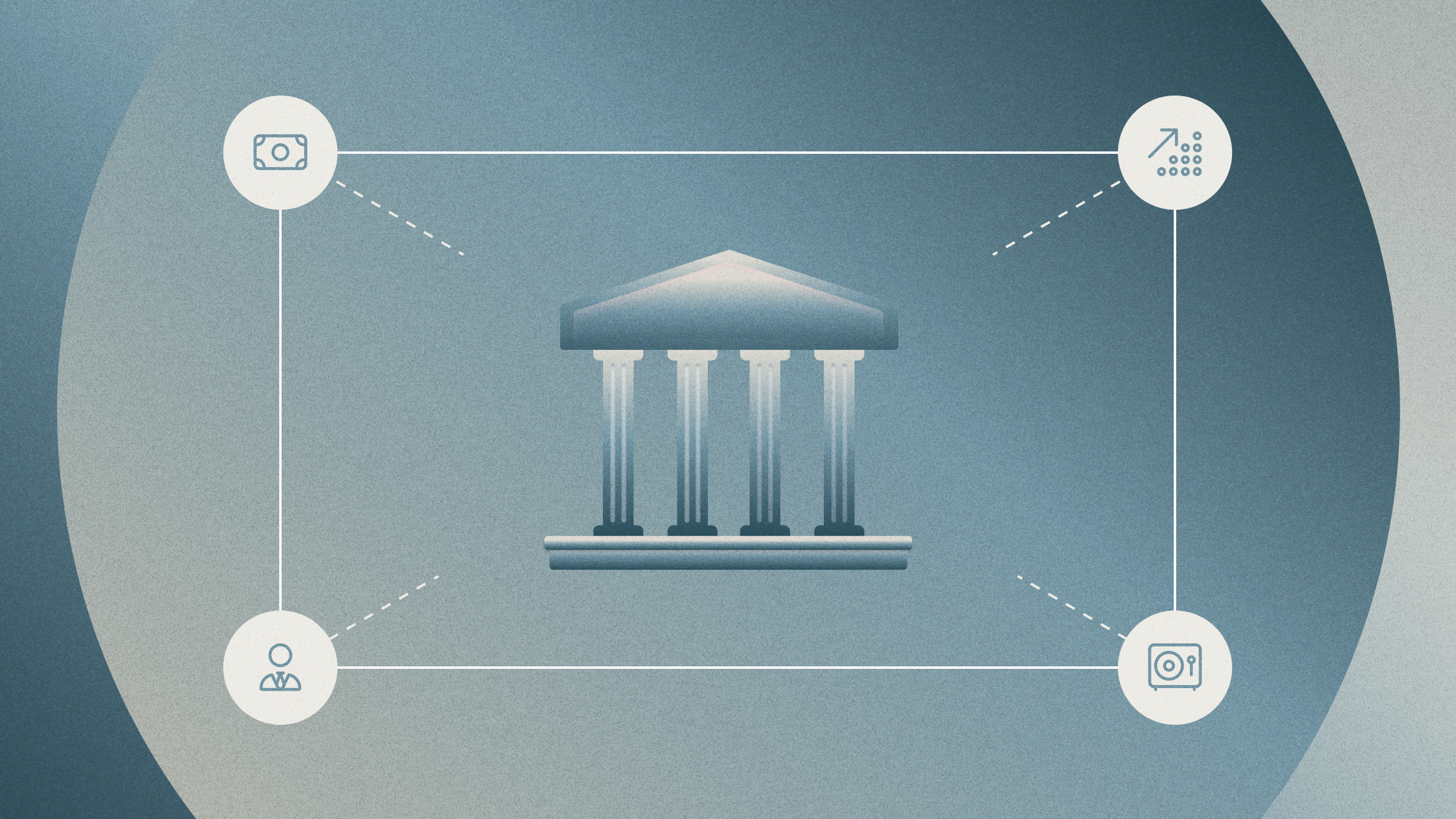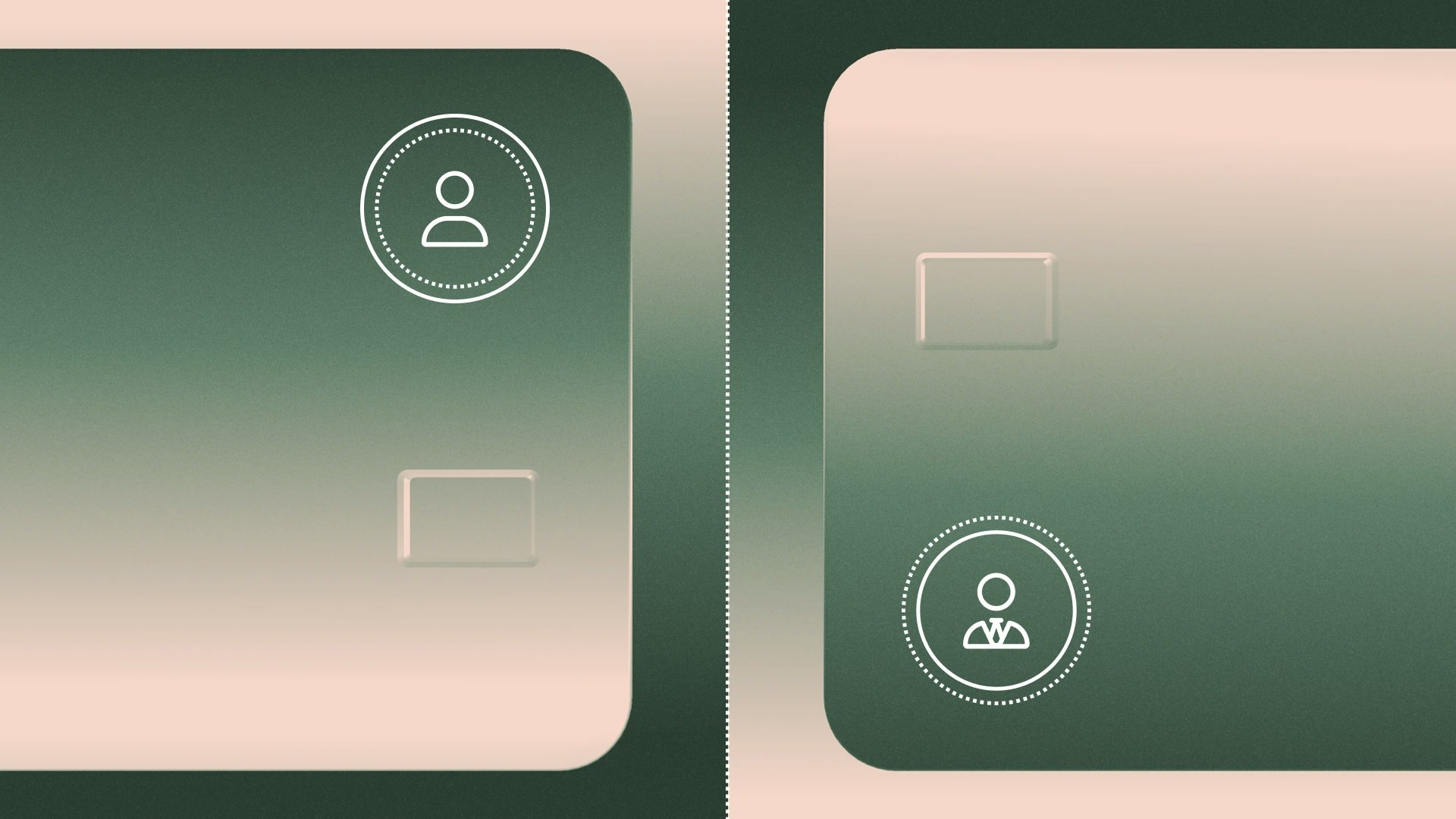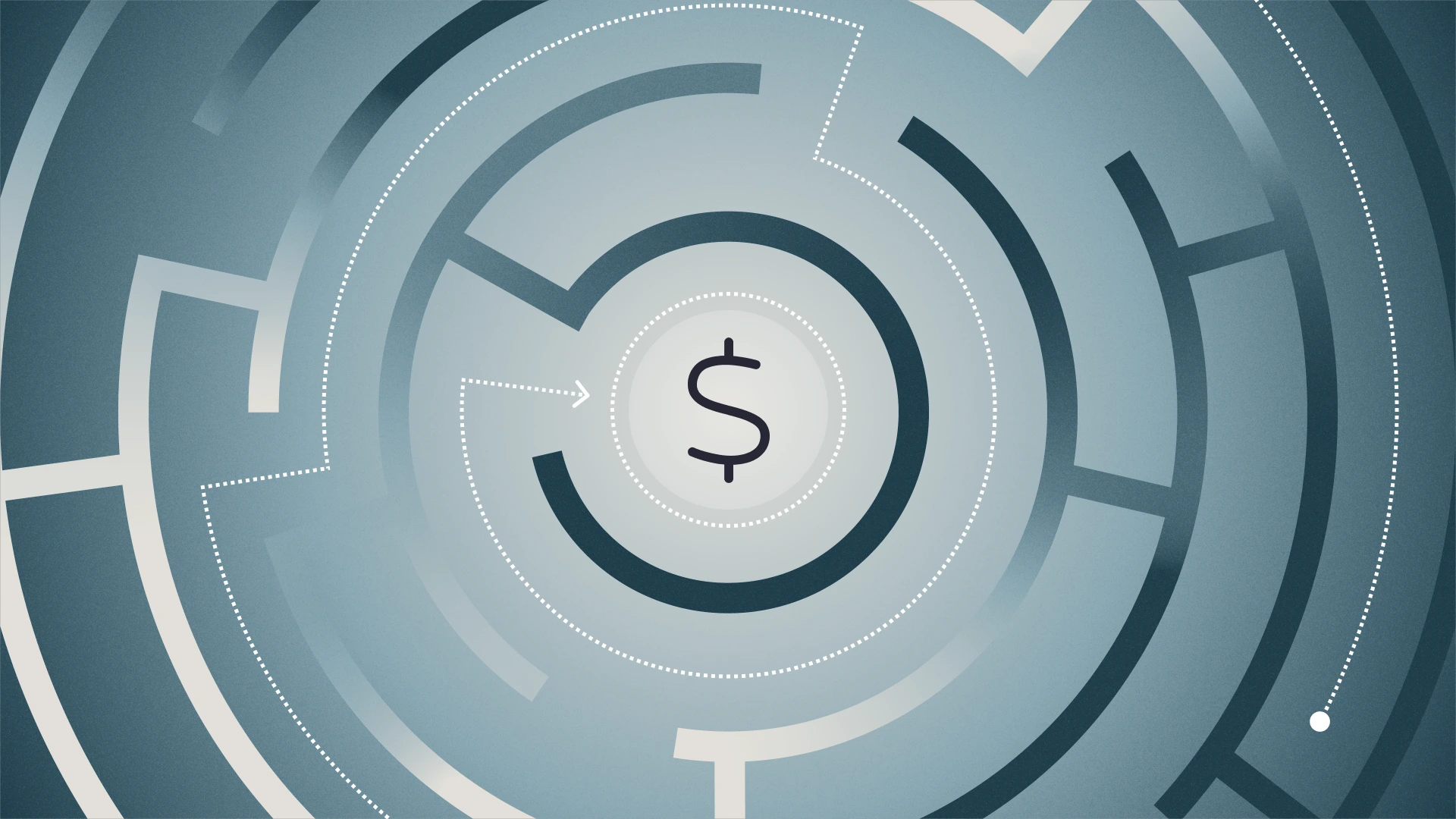Ecommerce Founder Guide: Financial fundamentals

In part two of our five-part series, we’re diving into what you need to know to build a financially healthy ecommerce business. When you’re done reading, continue to building an online brand, product sourcing and fulfillment, and lastly, turning your customers into fans.
Initial funding strategies
Ecommerce businesses can fund themselves early on with different strategies.
For Mango Puzzles, we decided to go the self-funded route because we were building a lifestyle business, and we wanted this to be lower pressure, all at our own pace. But different funding options work for different founders and situations.
Make sure you are familiar with the impacts of dilution, warrants, covenants, and personal guarantees so you can understand your true cost of capital.
Here are a few funding options for ecommerce companies
- Crowdfunding: Platforms like Kickstarter can help you raise money upfront by effectively offering a version of pre-orders. Some platforms require you to meet a minimum number of “backers” to get any of your funds, so it’s not for the faint-hearted. But when it works out, it can help fund your first inventory run and provide real-time feedback on how your product resonates before launch.
- Friends and family: These investments can be an option for raising small amounts of flexible capital, but it’s (very) worth formalizing terms to avoid misunderstandings later.
- Equity investors or angels: If you’re building a brand with long-term scale potential and can tell a compelling story, early-stage investors may be interested in your business, but you’ll likely have more luck with those who specialize in your niche or in ecommerce writ large. This route typically comes with pressure to grow fast (and potentially raise subsequent capital).
- Bank loans or lines of credit: Beyond equity financing, these options can help with cash flow or inventory purchases but often require collateral or proof of strong personal credit and income (especially if you’re pre-revenue).
- Grants and pitch competitions: Look for grants tied to small businesses or consumer goods, or those designated for your demographic (e.g., Women Founders Network or Black Ambition).
For ongoing capital needs, you may consider applying for a working capital loan.
Planning and pricing strategy
Beyond actually producing your product, you may have all kinds of startup costs to cover. The biggest investments that we made when starting Mango Puzzles were our legal formation docs, product design, and our tech stack, including design and our Shopify site.
We asked ourselves a few key questions to understand what it would take to recoup our initial investment:
- What’s our break-even point?
- What are our target margins per unit?
- How much inventory do we need, and how fast do we expect to sell it?
There are plenty more things to consider, and for a bootstrapped brand like Mango Puzzles, particularly, it was also important for us to factor in our personal spending habits, cost of living, and income requirements, so that we could continue building the brand while supporting ourselves financially.
Understanding seasonality and forecasting
Seasonality simply means that sales fluctuate throughout the year. If you’re not thinking ahead, you can easily run out of inventory when demand peaks, mismanage your marketing campaigns, and drain your cash flow.
Our “high season” was in Q3 and Q4 — when it’s cold outside in the North American market. We knew that we needed to be about four months ahead of the curve when it came to production to be ready for the season.
Having this context and this plan allowed us to ensure we had our inventory on hand and could plan certain hype and marketing activity in time to amp up those seasonal sales.
Maintaining profitable margins
Margins can disappear quickly when you factor in sourcing, packaging, shipping, platform fees, marketing, and losses like damaged or defective inventory and returns. Sometimes, you’re forced to make trade-offs in order to keep your margins where they need to be to turn a profit.
Our rule of thumb was to consider our total costs and factor in that we wanted profit margins of approximately 50 to 60% once we finished the manufacturing process.
This focus on margins influenced our geographic strategy — we had to limit our footprint to North America, as shipping our puzzles globally would, unfortunately, not be cost-effective for the scale of our operation..
Here’s my advice for what you should keep in mind when building a profitable ecommerce business:
- Forecast inventory + cash together: Inventory ties up cash. Build simple cash flow models for your sales cycle base case, as well as a sensitivity analysis to include upside and downside scenarios. Factors like inventory lead time, customer acquisition costs, and sales volume can be unpredictable by nature, underscoring the importance of building cash flow scenarios. You can also consider inventory financing as an option.
- Know your all-in COGS: Your cost of goods sold isn’t just what you pay your manufacturer. Make sure to include:
- Product cost per unit
- Packaging and inserts
- Freight and customs
- Fulfillment or 3PL fees
- Payment processor and platform fees
- Shrinkage/losses
- Dead stock and obsolete inventory
- Return allowances
- Set a minimum gross margin target: Most consumer brands should aim for at least 50–60% gross margin, higher if you plan to spend heavily on things like paid ads.
- Adjust your pricing for geography: International shipping can impact margins. Start local if needed — or create geographic-specific SKUs or bundles and/or consider localized distributors to offset added costs.
- Test your pricing strategy for conversion and AOV: For some ecomm companies, increasing the price of the goods and including “free shipping” may be enticing. For others, it could be bundling or discounting the goods and charging shipping as extra. Test different combinations to find the optimal order value and conversion rate.
- Don’t forget returns and chargebacks: Set aside a considerable amount to cover refunds, replacements, and disputes — otherwise, these can quietly eat into your bottom line.
- Run margin checks monthly: Your supply chain costs can change, shipping rates can increase, and packaging can get more expensive. Build a habit of checking your margins regularly, by SKU, to catch issues before they snowball.
- Know your payout timelines: Payment processors can hold funds for 1–5 business days (or longer). That delay matters when you need cash for ads, inventory, or fulfillment. Plan your ad spend and restock schedule around when cash will actually hit your account.
Getting your accounting foundations right
We learned early on at Mango Puzzles that money is constantly moving between platforms, vendors, ad spend, returns, payouts, and more. Without a solid accounting system in place, we found it to be easy to lose visibility, make costly mistakes, and generally have lower confidence in the state of our financial health.
Choosing the right tools and systems that can grow with your business, like Mercury’s accounting automations, invoicing tools, accounts payable software, helps avoid these common mistakes from day one, so you’re never losing track of money, overspending, or wasting time manually updating your records.
With the many input costs required to manufacture and sell a physical product, it’s critical to be thoughtful about your product’s pricing strategy and the business’s funding and spending plans.
Next up (read part one on getting started in case you missed it), we’ll dive into the nuts and bolts of building your online store and brand presence.



